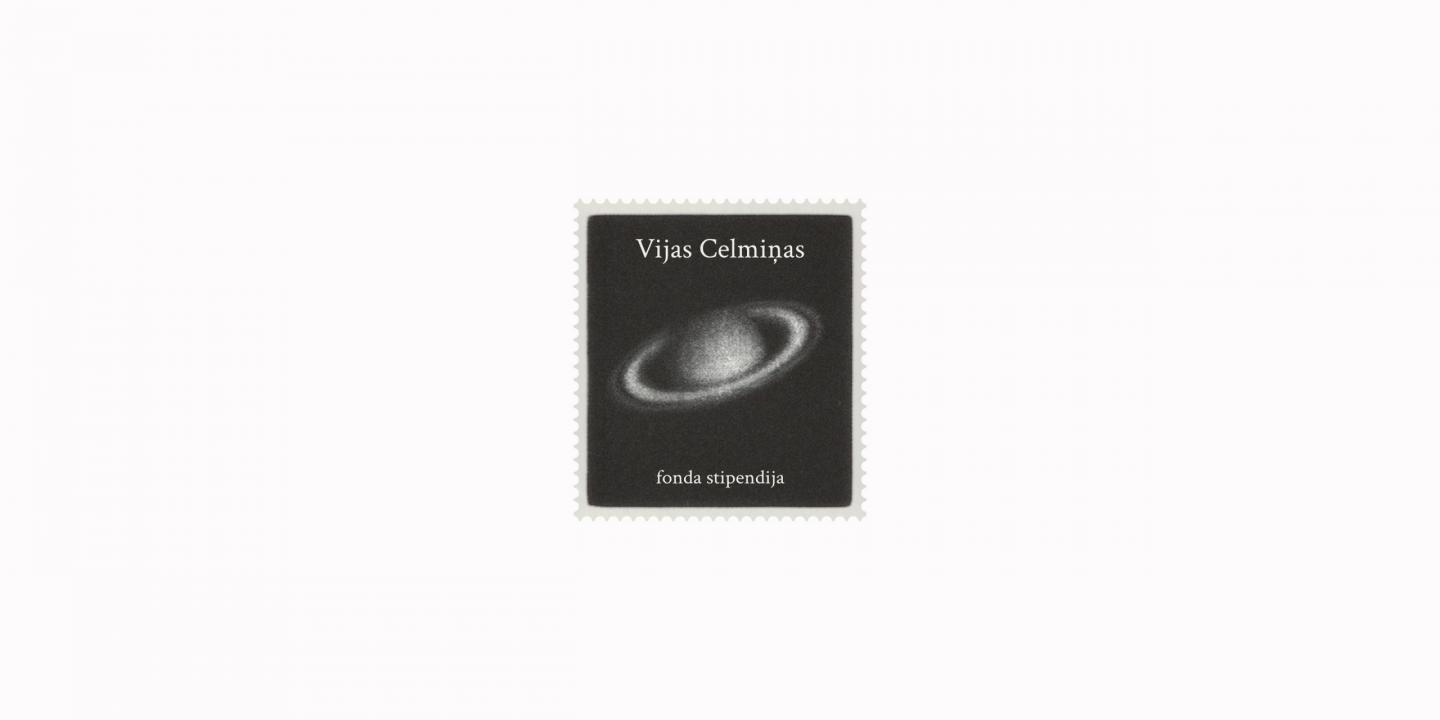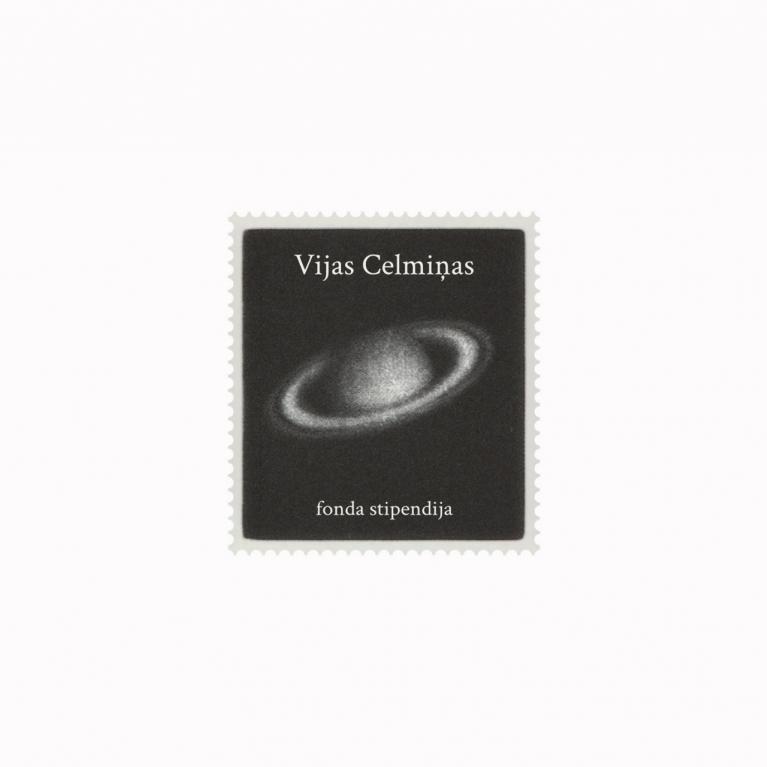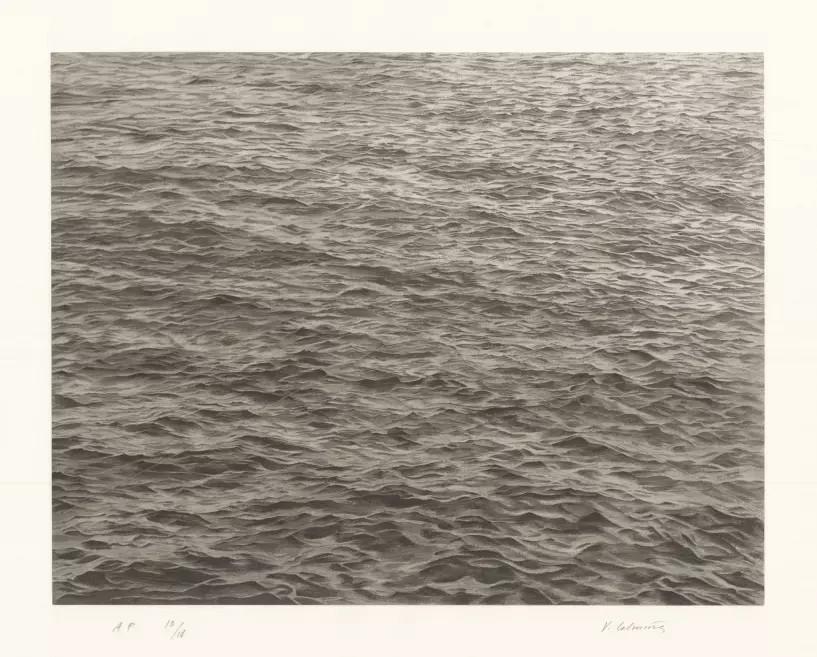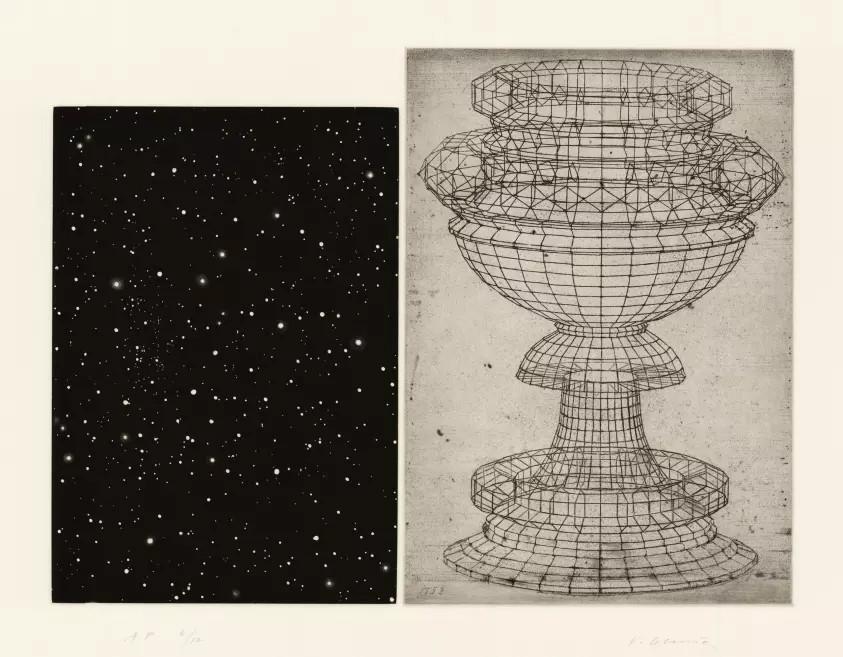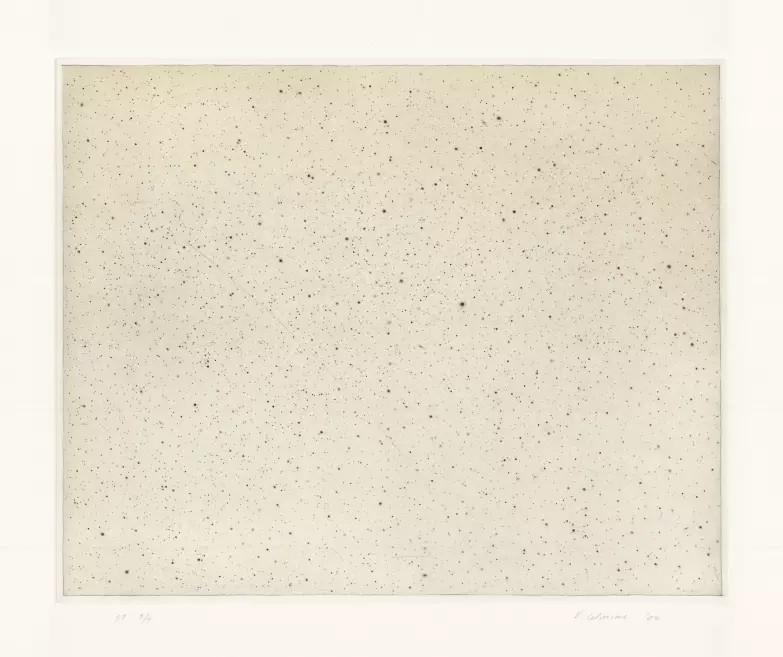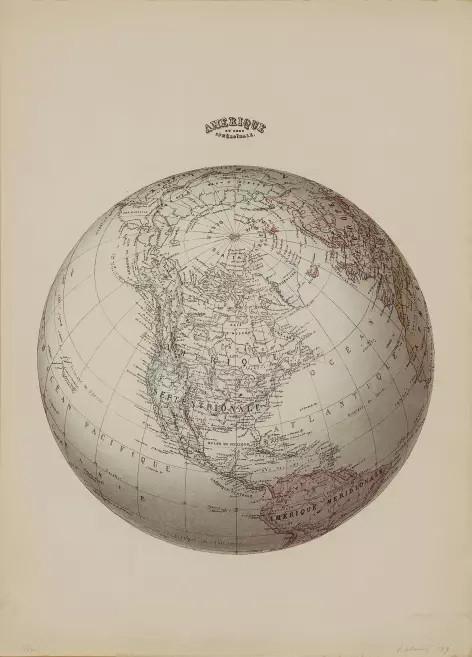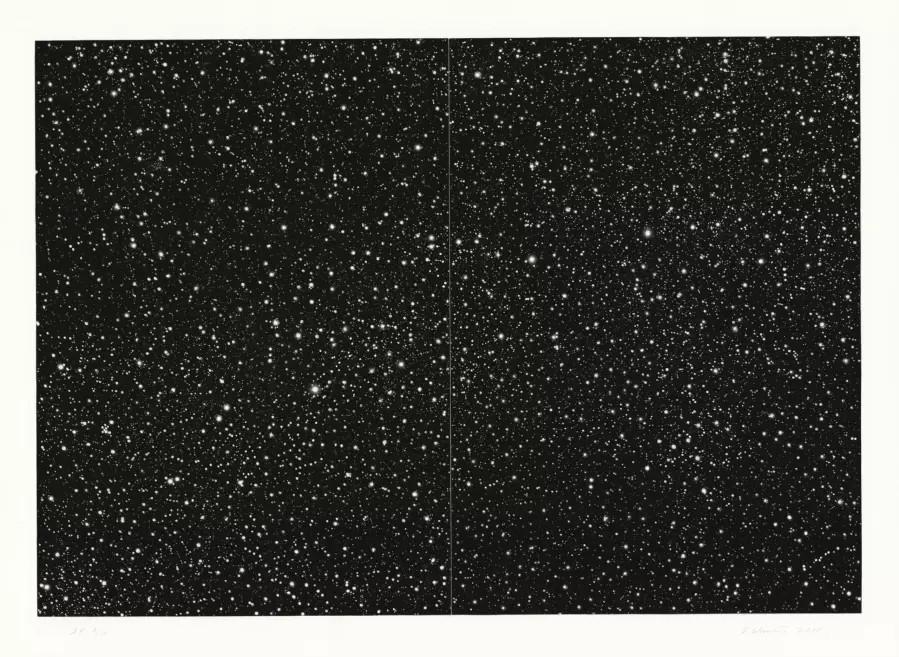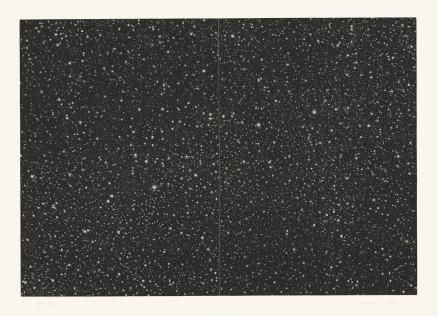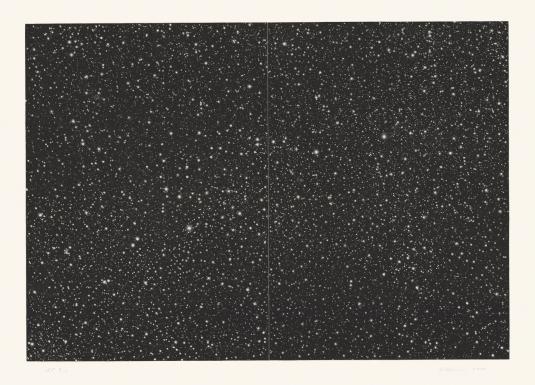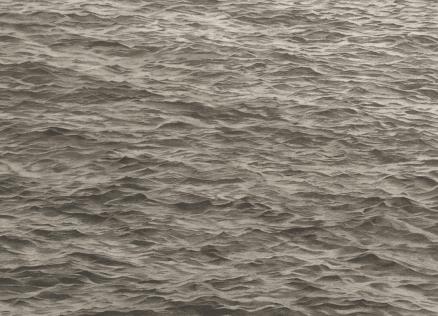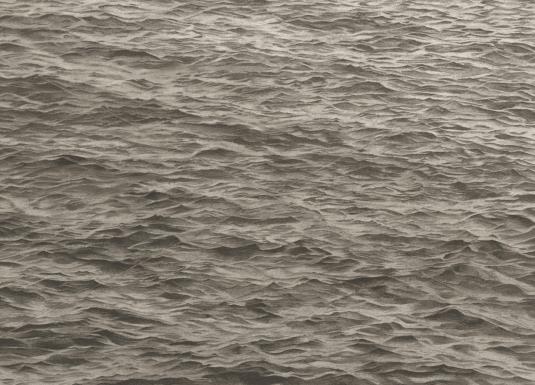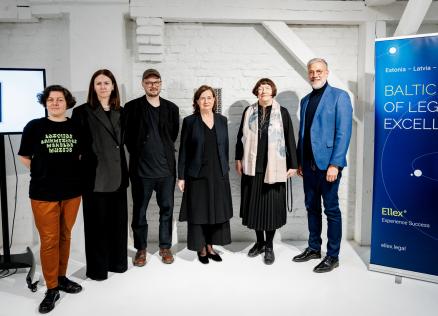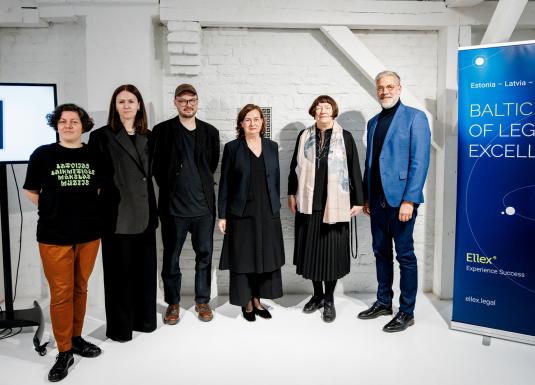Applications are now open for the Vija Celmins Foundation Grant
From June 1 to July 31, 2025, Latvian artists will have the opportunity to apply for the Vija Celmins Foundation Grant in visual arts.
Grant
The Vija Celmins Foundation Grant, established in collaboration between the U.S.-based Vija Celmins Foundation Inc., the Latvian National Museum of Art (LNMM), and Latvian-born American artist Vija Celmins, awards USD 30,000 annually to one Latvian artist or artist collective demonstrating high artistic quality and active engagement in the field of visual arts.
Art historian and jury member Elita Ansone highlights the importance of this initiative:
“The material strain in Latvia is unbearable for many people. Increasingly, artists choose to live abroad. The Vija Celmins Foundation Grant is intended specifically for an artist residing in Latvia. For one talented artist, this grant will provide the opportunity to dedicate a year solely to creative growth. Talent is a gift of nature. Talents must be trusted and given freedom to create so that the unique and unrepeatable can be born in art.”
The grant aims to provide substantial support for creative work and foster art patronage in Latvia. The Vija Celmins Foundation has committed to sustaining this support for ten years – from October 2025 until October 2034.
Encouraging applicants, Vija Celmins herself notes:
Follow your art and go where it leads you. To create art is to strive for what cannot be said in words.
All current information (application procedure, conditions, and application form) is available on the LNMM website, section ARSENĀLS, “Vija Celmins Foundation Grant”.
Jury
To ensure professional evaluation and selection, a jury of five experts has been established, including one representative of the LNMM and four invited experts in Latvian contemporary art.
The jury for 2025–2026 consists of:
-
Dr. art. Elita Ansone, Head of LNMM’s 20th–21st Century Art Collection and Research Department, ARSENĀLS
-
Zane Čulkstēna, founder of Kim? Contemporary Art Centre and consultancy ERDA, and member of the Latvian Academy of Art Council
-
Kaspars Groševs, artist, co-founder of gallery 427, and curator
-
Maija Kurševa, artist, founder of gallery LOW and Riga Zine Festival, curator, and lecturer at the Latvian Academy of Art
-
Inga Meldere, artist
After reviewing applications, the jury nominates five candidates, from which the Vija Celmins Foundation selects the final recipient. A new expert panel, approved by the LNMM Director, will be appointed every two years.
About Vija Celmins
Vija Celmins is a Latvian-born American artist. Born in Riga in 1938, she fled with her family in 1944, immigrated to the U.S. in 1948, and settled in Indianapolis in 1949. She earned an MFA from the University of California (1965), living and working in Los Angeles until 1981, when she moved to New York. There she firmly established her name in Western art and became one of the most significant contemporary artists.
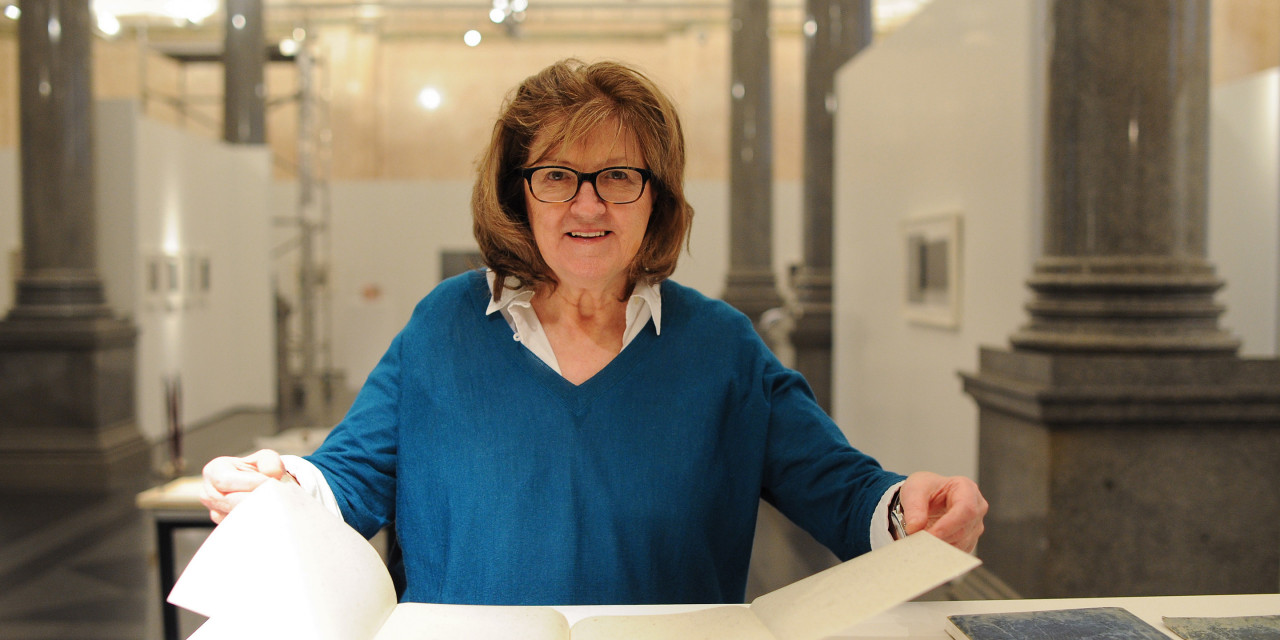
Her drawings, paintings, and prints are renowned for their depictions of ocean surfaces, starry skies, spider webs, and desert stones. Celmins’ works are held in major international collections, including the Museum of Modern Art (MoMA), Whitney Museum of American Art, the Metropolitan Museum of Art (New York), Los Angeles County Museum of Art, San Francisco Museum of Modern Art, Centre Pompidou (Paris), Tate Gallery (London), among others. Eleven of her works are part of the LNMM collection.
Grant Logo
The Vija Celmins Foundation Grant logo, featuring Saturn, was created by artist Sarmīte Māliņa, inspired by the LNMM collection work – Vija Celmins’ lithograph Saturn Stamps (1995). The space exploration era of the late 1960s sparked Celmins’ interest in images captured in space. She depicted Saturn in several works, with Saturn Stamps conceived as a conceptual commentary on the entry of space themes into pop culture.
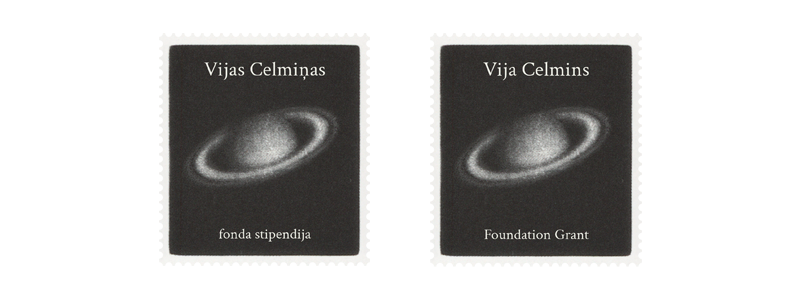
Grant supporters
The grant is supported by SIA ZAB Ellex Kļaviņš. The law firm’s co-operation with the Latvian National Museum of Art began in 2017, and since then art patronage has become an essential part of the firm’s cultural identity.

